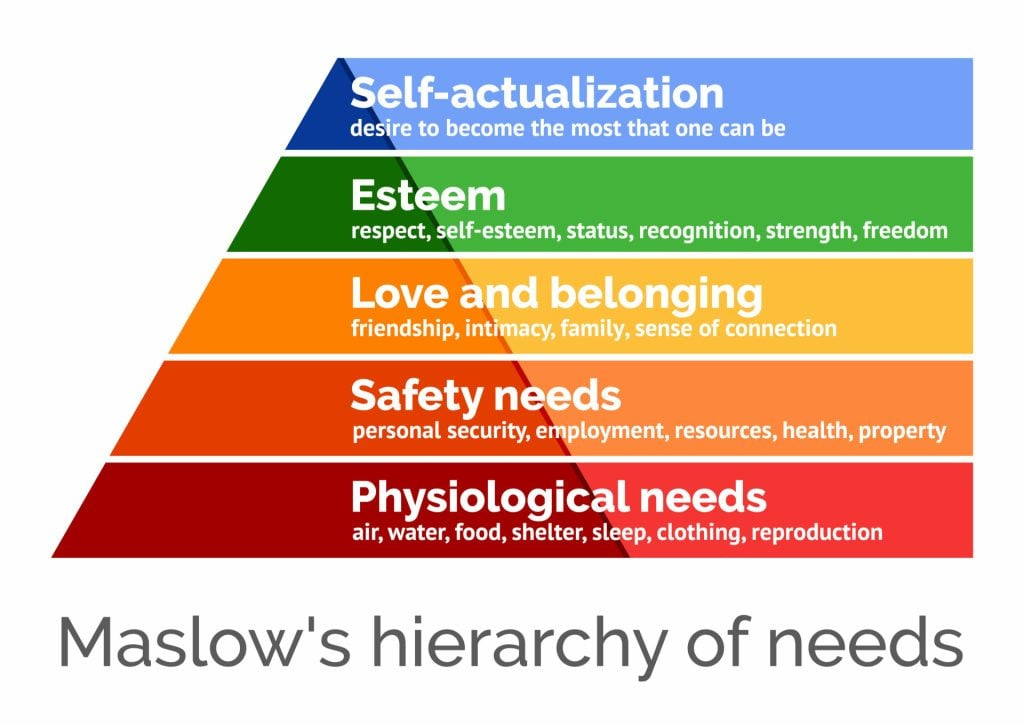How to persuade someone? Hint: Lizard 🦎 brain
AtomicIdeas from the book 7 Secrets of Persuasion
How do you persuade someone to do something?
Most of us often tackle this very logically - talking about the benefits etc.
And what happens after that? In most of the cases, nothing :)
Apparently, the way to persuade someone is to appeal to their lizard brain, the non-conscious mind, which is responsible for one’s most basic instincts - like survival, reproduction, and social status. It's also responsible for our emotions, such as fear, anger, and desire.
(warning: lots of lizards in this email :D )
The Lizard brain
When we're trying to persuade someone, we need to appeal to their lizard brain. This means using simple, concrete language that appeals to their emotions and gut feelings.
We also need to focus on the specific action we want them to take, not on changing their opinion about it.
For example, if we're trying to persuade someone to buy a new car, we might talk about how the car will make them feel safe and secure, or how it will help them impress their friends. We wouldn't try to convince them that the car is the best car on the market, or that it has the most features. We would simply focus on the benefits of owning the car and how it will make them feel.
Introducing: AtomicIdeas from the book 7 Secrets of Persuasion, written by James C. Crimmins. It provides an exploration of the science behind the art of persuasion and how people can use this knowledge to their advantage.
The book, 7 Secrets of Persuasion covers a range of topics, including persuasion techniques, the power of emotions, and the neuroscience behind decision-making.
It also provides practical advice on how to apply these insights to create persuasive messages that can influence people's decisions.
Getting to Know the Lizard
In order to succeed at persuasion, we have to deal with the lizard inside, the automatic mental system. We have to apply the secrets of persuasion:
Speak the language of the lizard. The nonconscious mind has its own particular method of communication, a language with its own grammar and style.
Aim at the act, not the attitude. Changing what people do is easier than changing how they feel.
Don’t change desires, fulfil them. Persuasion works by showing people how to get what they want.
Never ask, unearth. People don’t know why they do what they do, but you can find out anyway.
Focus on feeling. Facts won’t alter an emotional choice.
Create experience with expectation. What people expect to experience transforms what they actually experience.
Add a little art. Art makes the nonconscious mind your ally.
Speak the Language of the Lizard: Basic Grammar
In persuasion, we enhance the associations of the behavior we are trying to encourage in a way that makes that behavior more attractive to our target.
Voting can become more appealing through association with other valued concepts like patriotism, power, independence, or fairness. Recycling can become more strongly associated with saving the earth or it can become more strongly associated with government efficiency. These associations can be built at the societal level or at a more personal level within the neighborhood or the family.
Marketers and politicians know the power of association doesn’t depend on facts, just repeated parings. People infer association from observed juxtapositions.
Indecision is the most common mistake. Whether you are promoting a brand, soliciting donations for a cause, or just trying to get your kids to act differently, explicitly choose the qualities or the sort of people you would like to link to your recommended option.
(Paywall below 👇, India based subscribers can use this link to finish the payment and access the entire archives)
Associations will inevitably occur.
You might as well pick the ones you want. Once chosen, repeatedly pair the option with those qualities or with that sort of people. Current factual accuracy is not the issue.
You are creating a link, not documenting a link.
Speak the Language of the Lizard: Style
Timothy Wilson is a cognitive psychologist at the University of Virginia who studies the influence of our unconscious mind on how we think, choose, and act. Wilson describes the situation like this:
“We often experience a thought followed by an action, and assume it was the thought that caused that action. In fact, a third variable, a nonconscious intention, might have produced both the conscious thought and the action.”
The lizard is in charge and we need to use the language the lizard understands—availability, association, action, emotion, and the preferences of others.
In most decisions, reason plays a minor role.
When a decision is not made rationally, reasons are unlikely to change it.
Aim at the Act, Not the Attitude
The easiest way to get people to act as you would like is to change the circumstances, making that act seem more natural, normal, and inevitable. And as you focus on an act, make that act appealing to the lizard. The lizard pays attention to how readily the act comes to mind. The lizard is concerned with the associations that are called forth by the act. The lizard notices how the people who perform that act behave and infers the qualities of the group the lizard would, in effect, join if it also performed that act. The lizard will be strongly affected by the emotion that the act evokes. Even mild affection can make a big difference. And the lizard is sensitive to the popularity of the act.
In focusing on the act, building its mental availability and associations, and drawing attention to related behaviors, emotions, and the preferences of others, you are redefining the act. You are giving the act meaning. An act with meaning might be thought of as an act with direction. It is an act that is going somewhere.
Recycling may be thought of as dropping an aluminium um can in an identified container. Or recycling can be thought of as something bigger, such as a contribution to a cleaner environment or a small step toward a more efficient government.
Redefine the act. Give it meaning.
When you attach associations to the act you transform the act from an objective operation into a subjective, symbolic performance. If you do, you not only increase the probability of the act, you begin to change the attitude toward it.
Don’t Change Desires, Fulfil Them
Abraham Maslow is one of the giants of early psychology.
Maslow said that the first level of need is physiological—water, food, sleep, warmth, exercise, and so on. Once these physiological needs are gratified to some degree, another level of needs arises: safety needs. Safety needs include peace, a smoothly running society, and economic security.
Never Ask, Unearth
We unearth “Why?” through observation or by simple analysis of people’s responses to other questions. We can unearth why people do what they do and what might get them to change if we come at the question indirectly.
We can begin by making a list of the most likely reasons why some people already do what we would like our target to do. These people may choose candidate A over candidate B, or use brand C over brand D, or recycle aluminum cans instead of throwing them in the trash, or they may have already stopped smoking.
Read about the issue. Collect the best guesses of others. Learn about research that others have done into “Why?” unless that research simply asked a direct question.
Even if our target is one person or a small group of people and we have no money for formal research, we can still do some informal research.
Talk to the people who already do what you’d like. Just don’t ask them why they do what they do. Ask them what they think of the options. Ask them what they think of the people who do and don’t do what you’d like.
Observe with an eye toward understanding the desires that seem to underlie their behavior.
Focus on Feeling
When we focus on feeling, we also have more control. The target might translate an attribute into a feeling other than the one we want to offer as a reward.
Choosing a product with the attribute of “low fat” can translate into feeling healthy, feeling sexy, or feeling like a good parent. When we craft our persuasion, we can pick the feeling that is the most powerful reward to associate with that choice.
When we do the translation from attribute into feeling, we gain precision.
When we focus on feeling, we not only translate a rational reward into an emotional reward, we also translate a delayed and uncertain reward into one that is more immediate and certain. This is critical because, as we saw, actions that are good for us often have delayed and uncertain rewards.
Create Experience With Expectation
Our mind combines input from our senses with our ideas about the world and past knowledge to create our perceptions. The physical characteristics of the stimulus contribute to perception through what psychologists call bottom-up mental processing.
Perception is an unconscious process carried out by the lizard inside, our automatic mental system. Expectation guides perception.
Without expectation, perception is much slower. The influence of expectation on perception is an advantage for us humans because expectation speeds up the process of perception and allows us to more quickly approach pleasure or avoid pain.
The lizard responds to art.
All persuasion can use a little of the art of conversation—making a tacit guarantee that the message is one the audience will want to receive and literally communicating only what the audience cannot provide on their own, establishing a degree of complicity and a level of emotional closeness.
All persuasion can use a little of the art of generating inference—thinking of the message not so much as content, but more as the behavior of people who act the way you would like the audience to act because behavior implies much more about those people than you could say.
And all persuasion can use a little of the art of engagement—making your message unexpected, encouraging the audience to seek the pleasure that comes from deciphering a clever arrangement of signs.
With a little art you increase your chance of persuasion.







